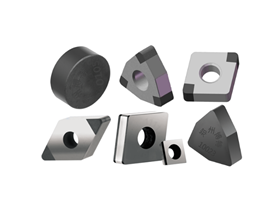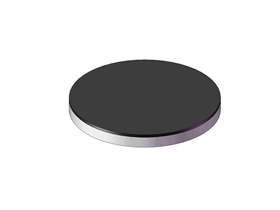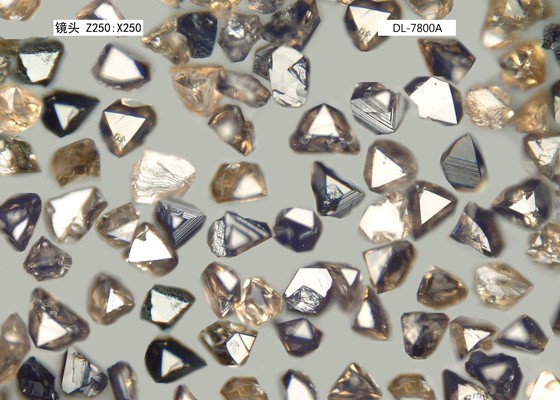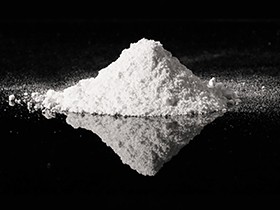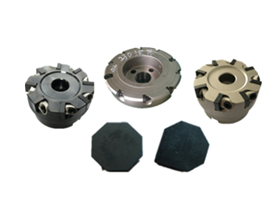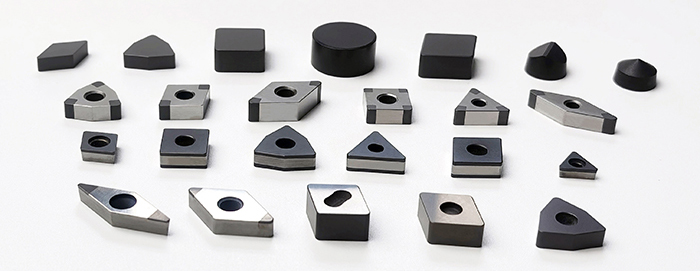
What is Cubic Boron Nitride (CBN) Tooling?
Cubic Boron Nitride (CBN) is a synthetic superhard material manufactured through high-temperature and high-pressure (HPHT) technology. Its hardness and high-temperature resistance far exceed those of traditional carbide and ceramic tools, making it particularly suitable for machining high-hardness, wear-resistant materials such as hardened steel, chilled cast iron, and gray cast iron.
Five Core Characteristics of CBN Tools
Exceptional Hardness & Wear Resistance
CBN ranks second only to diamond in hardness (microhardness: 8,000–9,000 HV), >50x harder than carbide.
Application: Machining hardened steel (e.g., HRC 60 gears) achieves >10x longer tool life vs. carbide tools.
High-Temperature Stability for High-Speed Machining
Maintains performance stability at 1,200°C, enabling 300 m/min cutting speeds for cast iron.
Application: Triples machining efficiency in cast iron components.
Chemical Inertness & Anti-Built-Up Edge (BUE)
Minimal chemical reactivity with Fe/steel alloys at elevated temperatures, eliminating adhesion.
Application: Achieves Ra ≤ 0.4 μm surface finish on titanium alloys, reducing polishing steps.
Impact Resistance for Interrupted Cutting
Engineered geometries (e.g., reinforced edges) mitigate chipping risks in discontinuous cuts.
Application: Gear keyway machining in automotive transmissions extends tool life 5x.
Turning-to-Grinding Precision, Cost Efficiency
Directly achieves grinding-level accuracy (Ra ≤ 0.8 μm) via turning, eliminating grinding steps.
Case Study: A manufacturer reduced per-part cost from ¥8 to ¥3 by replacing grinding with CBN turning.
Materials Suitable for CBN Tools
Hardened Steel (HRC 45+)
Applications: Bearing steel (e.g., GCr15), die steel (e.g., H13) for gears, bearings.Chilled Cast Iron
Applications: Mill rolls, engine cylinder liners requiring extreme wear resistance.Gray Cast Iron
Applications: Engine blocks, brake discs, drums, flywheels, clutch plates.
Guidelines for Using CBN Tools
Material Compatibility
Avoid low-hardness materials (e.g., stainless steel, aluminum) to prevent accelerated flank wear.
Parameter Optimization
Continuous cutting: Higher speeds (e.g., Vc = 250 m/min for gray iron)
Interrupted cutting: Reduce feed (f ≤ 0.2 mm/rev) to avoid edge chipping
Tailor cutting parameters (Vc, f, ap) to workpiece material and operation type:
Critical Avoidances
High-speed steel (HSS) machining: Limit Vc < 80 m/min to prevent thermal softening.
Interrupted cuts: Use impact-resistant grades (e.g., Sandvik CB70) with honed edges.
